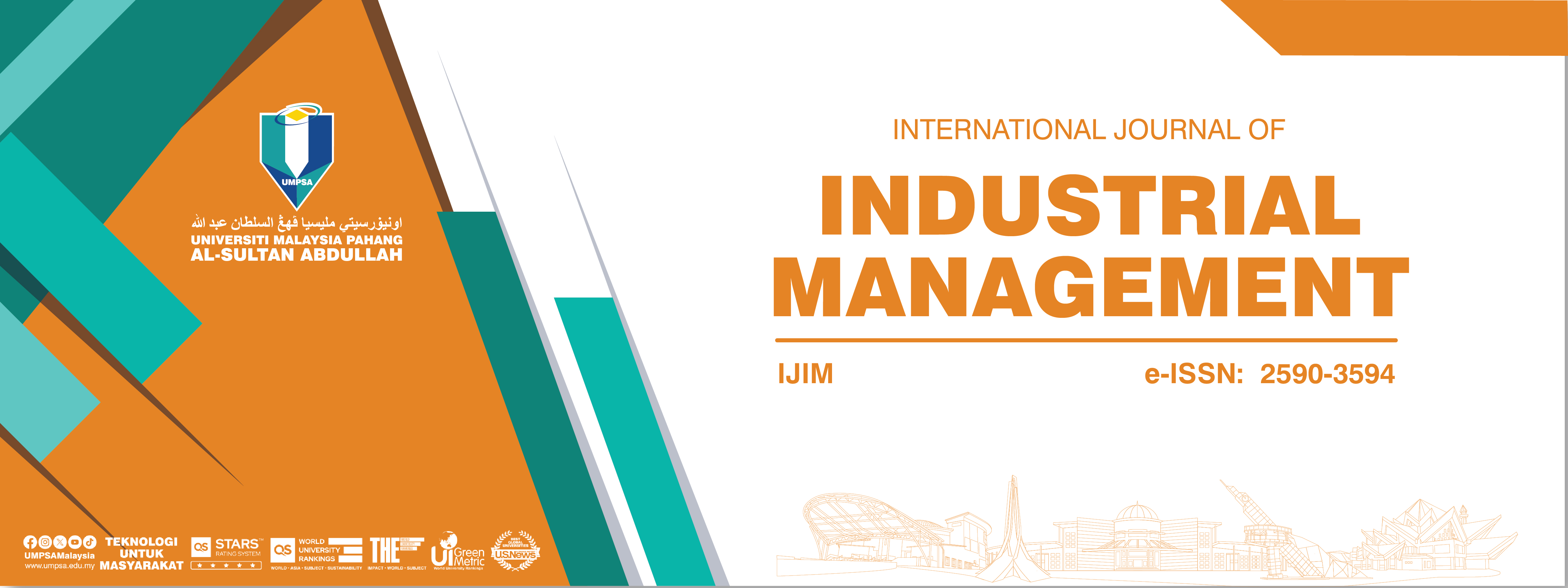The Prediction of Time Trending Techniques In Manufacturing
DOI:
https://doi.org/10.15282/ijim.14.1.2022.7547Keywords:
Machine, Reduction, Setup, Time, TrendingAbstract
The paper writes about utilizing time trend predictive techniques to calculate an estimated prediction in machine setup application. The prediction is based on arithmetic equations to estimate a future time. With these techniques in place, time trend predictors are able to know an estimate time in setting up machine, which is a variable time factor, with known prediction limits. Based on actual data collected over a period of time, a time trend is perceivable. It is concluded that time trend techniques provide an estimate predictor, sufficient to know a rough value within a categorical limit. In comparison with probability and categorization techniques, this paper shows coherence findings. Machine setups are known of its variances due to human factors and other uncontrollable factors. These activities, mainly repetitive in nature during parts change or adjustment of parts, are done by trained personnel. The setups of the machine are difficult to perform due to the complexity of the machine. The tasks are able to be performed by skilled workers only. With the technical skills required to perform the tasks, it is unimaginable of the set time to setup the machine and the target achieved by the job performers over the years. The movements estimates, which is mentioned briefly in this paper, shows that it could estimate a time to reduce the work hours. Besides time trend techniques, estimating the number of movements can know the time to reduce the setup activities. The findings are reported as follows in this paper.
References
Seiichi Nakajima (1989). TPM Development Program: Implementing Total Productive Maintenance. Cambridge, Massachusetts: Productivity Press
Robert H. Rosenfeld & David C. Wilson (1999). Managing Organisations: Text, Readings and Cases. London; New York: McGraw-Hill
Barrie G. Dale (1990). Managing Quality. London; New York: Prentice Hall
Nigel Slack (1995) Operations Management. London, England: Pitman Publishing
George E.P. Box, Gwilym M. Jenkins, Gregory C. Reinsel & Greta M. Ljung (2015). Time Series Analysis: Forecasting and Control. : Hoboken, New Jersey: John Wiley & Sons
Downloads
Published
Issue
Section
License
Copyright (c) 2022 University Malaysia Pahang Publishing

This work is licensed under a Creative Commons Attribution 4.0 International License.



